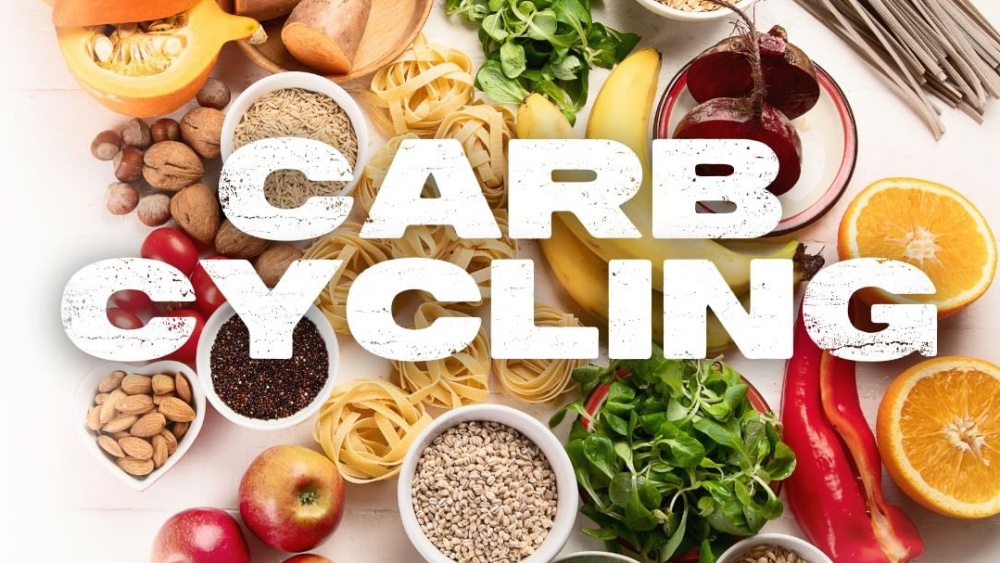Intermittent fasting has quickly become more and more popular for weight loss, especially after combining the efforts of strength and conditioning, information about it however, is only just starting to come out. The reason it has become so popular is that it is relatively easy to stick to, and doesn’t restrict you from eating your favorite foods.
It does come with a small caveat, however, and it is that you have to be in a caloric deficit in order to begin losing weight and inches off your waistline. While some have difficulty fasting through extended periods, others walk through it like a breeze. Luckily, intermittent fasting is a concept that allows you to go your own pace.
You may want to ease yourself into it over a long period of time until you are so used to intermittent fasting that it becomes second nature, or you could dare to jump right into its toughest iterations and see if you have the mental strength to overcome intense hunger pangs.
If you are looking to get into intermittent fasting and need a good place to start, we have detailed some of the eating and fasting schedules people have come up with all over the world. Today, Evolve Daily shares six different types of intermittent fasting schedules you can try.
1) 12:12
A BEGINNER’S GUIDE TO INTERMITTENT FASTING
Intermittent fasting has great health benefits
Posted by Improvement Pill on Saturday, February 3, 2018
This is without a doubt the easiest intermittent fasting schedule available, and it’s definitely for beginners. In fact, you may be on this schedule and not even know it. This particular schedule sees you fast for 12 hours, and then offers you a flexible 12-hour eating window.
So if you’re having breakfast at 7 o’clock in the morning before work or school, and then finishing up with dinner at 7 o’clock at night, then you’re already on intermittent fasting. You just haven’t realized it yet.
Still, some people need to use the 12:12 method in order to accustom themselves and train their minds to work within eating and fasting time limitations. Those who like to snack after dinner, sorry but you just can’t do that anymore.
2) 16:8
The 16:8 intermittent fasting schedule is the first stage in a long journey ahead. It poses a challenge for those who have never fasted before or those who particularly like eating breakfast or dinner. This is the point where you have to give up one of those two meals.
Fasting for 16 hours, which includes your 8 hours of sleep, and then feeding for 8 hours, takes some time to get used to. It usually takes around 2-3 weeks to get a good grasp of for beginners and those who have never fasted.
If you have your last meal by 8 o’clock in the evening and then sleep at 10 every night and wake up at 6, that’s 10 solid hours of fasting already. Skipping breakfast, 16:8 will then have you take in your first meal at exactly 12 noon.
It can be tough at first, but it gets easier after a while. Make sure to keep yourself well-hydrated during your fasting window.
3) 18:6
Want to kick it up a notch? Then 18:6 is for you.
It is difficult to get to, however, because enduring an 18 hour fast requires incredible mental strength to get used to. Instead of eating promptly at 12 noon like in 16:8, you have to wait an extra two hours to get your first meal in.
With an eating window of about 6 hours, you have just enough time to eat two big meals, and maybe squeeze one small meal in between. Furthermore, you can choose to stay at 18:6 for the remainder of the time you are on intermittent fasting. You don’t even have to try the more extreme methods coming up next.
4) 20:4
This is where things get really difficult, and every day becomes a test of willpower and mental fortitude. Doing a 20:4 intermittent fasting schedule is extremely tough, and most people will have difficulty sticking to this on a consistent basis.
With a mere 4-hour eating window, you barely have enough time to get two meals in. Most people will have one big meal and then snack the rest of the way. Fasting for 20 hours means you have your first meal at around 4 o’clock in the evening, just before you clock out of work, and finish eating by 8.
It’s a truly short period of time for most people, and only the absolutely dedicated intermittent fasting practitioners can do it.
5) OMAD
OMAD stands for One Meal A Day, and it is literally that you have one big meal each day which contains all of your calories and nutrients. Having to wait 24 hours each day to eat your first and last meal is extreme, and it is one that will surely test your mind and spirit.
Furthermore, you will need to plan what you eat very well, as it is important that you are able to get all the nourishment you need on a daily basis, packed into one huge serving of food.
For most people, that means downing a 1,500-1,800 calorie meal in one sitting. By the time you’re finished eating, your body will shut down and all you will want to do is sleep. The great thing is that the next morning, you’ll be completely energized having digested and processed all the food you took in while resting.
Try not to over eat, however, as most people tend to do when they first start OMAD. Counting calories is the key to success in this particular schedule.
6) 5:2 ADF
This particular intermittent fasting schedule is more popularly referred to as ADF or Alternate Day Fasting.
This means that for 5 days in a week you will eat as per normal, and not follow a fasting and eating schedule. You’ll have your usual breakfast in the morning, and then have dinner at night. With ADF however, you will need to pick out two consecutive days in the week to have severely restricted calories (less than 500).
This particular eating schedule allows you to live a normal life, five days a week, before undergoing an extreme, two-day fast. The stopping and starting of intermittent fasting in this method will do wonders for your metabolism.
If you found this article interesting, here are some others that you may enjoy:
Intermittent Fasting: A Smarter Way To Eat

















